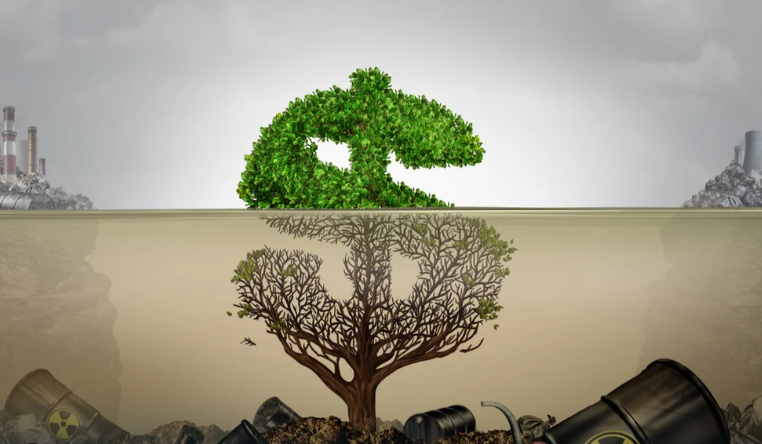Greenwashing Is the New Glitter: Shiny, Useless, and Everywhere
Let’s get something straight: just because it’s beige doesn’t mean it’s sustainable.
Everywhere you look, design brands are shouting their eco-virtues: “Made with recycled materials!” “Natural finishes!” “Conscious collection!” But dig even a little beneath the surface and it’s all marketing mulch. This is greenwashing—the art of looking sustainable while still feeding the same wasteful, extractive system.
They slap “eco” on a new line of throw pillows, but they’re still churning out trend-driven junk every quarter. They use recycled wood in one coffee table and then release 600 others destined for landfill. They put a green leaf icon on their homepage and call it a day.
We see you.
At Object Lesson, we don’t fall for surface-level sustainability. We’re not impressed by your bamboo cutlery set if it’s wrapped in five layers of plastic. We don’t care that your chair has “non-toxic stain” if it’s meant to be replaced in 18 months. We’re not buying the idea that “buying better” is still the solution.
Sometimes the most sustainable choice is not buying at all.
That’s the heart of TGIF: Thrifted, Gifted, Invented, or Found. Not because it’s cute. Because it’s necessary. Because the most sustainable item is the one that already exists. Because a vintage stool you found at a flea market has a lower carbon footprint than the entire “eco capsule collection” from a fast-furniture brand pretending to care.
We’re not interested in sustainability as a style. We’re interested in it as a practice. That means:
- Using what you have.
- Saying no to impulse upgrades.
- Learning to live with imperfection.
- Letting things age, and wear in, and tell the truth.
Greenwashing works because it gives people the feeling of virtue without any of the effort. It’s design as performance—ethical theater. But you don’t change the system by giving it a better costume. You change it by consuming less, questioning more, and being honest about what you actually need.
So here’s your challenge: next time you’re tempted by a “sustainable” product, ask yourself—
- Was this made to last, or made to sell?
- What happens to it when I’m done?
- Am I solving a problem, or filling a hole I was told to feel?
If the answers make you pause, good. That’s the beginning of design that matters.
Want to know more about the TGIF philosophy? Download the free e-book here and help us start dismantling the scourge of fast furniture and disposable trends.

Leave a Reply